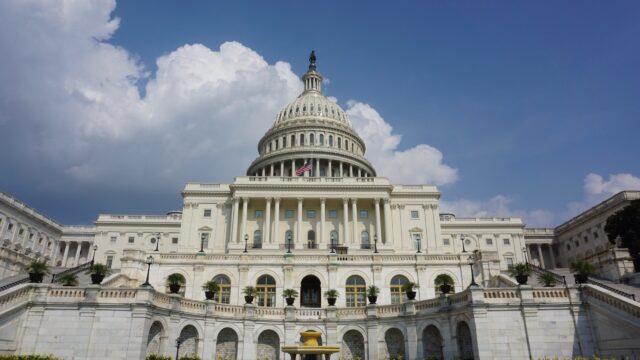Congress should provide $61 million in federal gun violence research funding
April 2023

BCHC signed onto a letter led by the American Academy of Pediatrics to the Senate and House of Representatives Committee on Appropriations to provide $35 million for the U.S. Centers for Disease Control and Prevention (CDC), $25 million for the National Institutes of Health (NIH), $1 million for the National Institute of Justice (NIJ) to conduct public health research into firearm morbidity and mortality prevention. We also encourage Congress to explore opportunities for building out and further supporting this research at all other appropriate agencies, to ensure that federally funded research can explore the full scope of this public health issue. A rigorous 2021 report estimated that the federal government will need to spend approximately $100 million per year to fully fund a comprehensive research agenda on reducing gun violence.
We would like to thank Congress for its continued support for this public health research in FY23, providing $12.5 million each to the CDC and NIH for the fourth consecutive fiscal year, and for the new $1 million in funding for the NIJ. These initial investments are a crucial step toward applying a public health approach to increasing gun safety and reducing firearm-related injuries and deaths, and we are excited to see these funds contributing to important research projects that are now underway. The CDC has made 22 awards for two- and three-year projects to improve scientific understanding of firearm-related violence and to rigorously evaluate the effectiveness of prevention strategies. Several of these projects will conclude this year and provide insights on how to reduce suicide risk in U.S. Army soldiers and veterans, how to improve efforts to reduce urban firearm injuries, and the relationship between firearm access and opioid-related harm on firearm suicide risk, among other topics. The NIH is funding research on the determinants of firearm injury, the identification of those at risk, and the evaluation of
innovative interventions.
These initial investments are important, but increased funding is still needed to overcome the decades-long lack of federal funding that set back our nation’s response to the public health issue of firearm-related morbidity and mortality.
Read the letter
Download now Read the letter